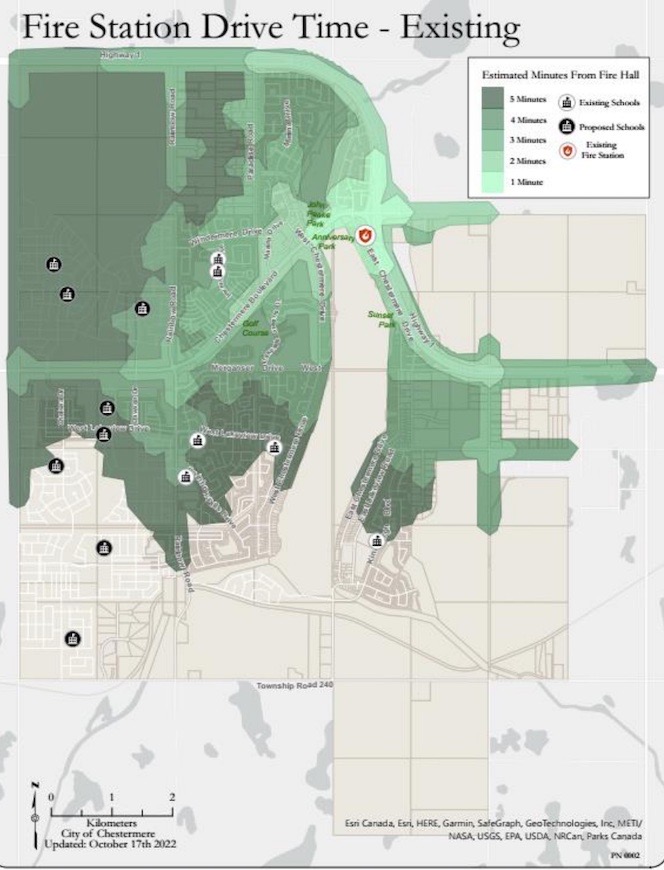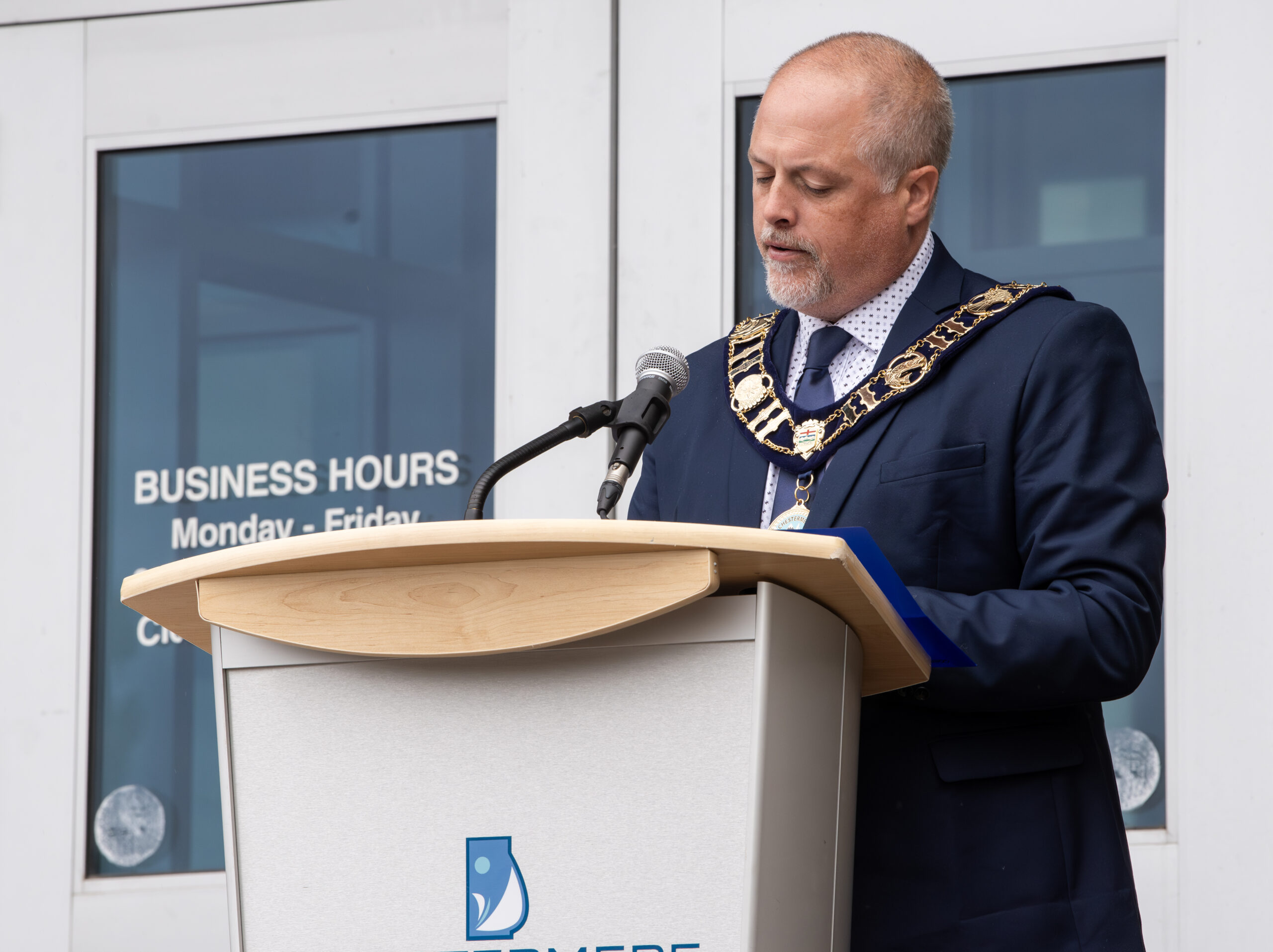Chestermere Fire Services (CFS) Chief Jamie Coutts presented city council with strategies to ensure high-intensity residential fire regulations are met.
High-intensity residential fires involve a rapid heat release, and spread beyond the point of origin, usually involving adjacent buildings, Coutts explained during the Feb. 14 council meeting.
High-intensity residential fires can occur in occupied residential buildings, unoccupied residential buildings that are under construction, and a mix of occupied and under-construction residential buildings.
Under the Alberta Building Code, municipal fire departments must meet a 10-minute emergency response time.
Buildings that are located further away from the fire department must have additional fire protection, such as non-combustible siding, sprinkler systems, no side-yard windows, and increased distance from property lines.

“Buildings that incorporate these changes can slow the spread of fire and delay a fire becoming out of control or a high-intensity residential fire,” Coutts said. “Additional fire protection measures slow the spread of fire by containing or suppressing it and giving the fire department vital extra minutes to arrive before the fire spreads out of control or becomes a high-intensity residential fire.”
The 10-minute rule within CFS includes 1.5 minutes for call handling, two minutes for crew assembly at the fire department, five minutes to travel, and 1.5 minutes for setup upon arrival.
To ensure the 10-minute emergency response time, Coutts suggested improving road connectivity within the city, ensuring developers build homes following the building code protection, moving the fire department to a central location, building an additional fire department, increasing staff, or having some staff temporary stay in a different area of the city.
Chestermere City Council accepted Coutts’ presentation as information and will review the options presented to ensure a 10-minute emergency response time.









